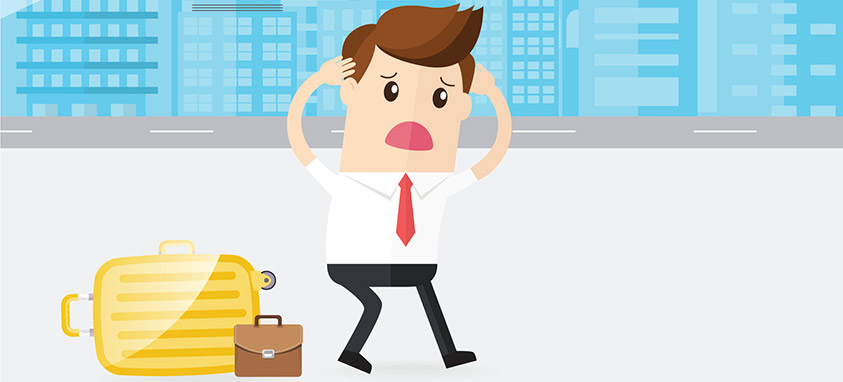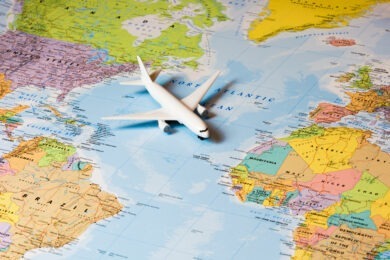Business travel has always been wearing, and hard on occasion, too. Now, in this time of terrorism, it’s tempting to call it scary. As a meeting professional, travel is in your DNA—but you still might ask yourself from time to time, “Should I really go?” “Should I really ask them to go?” Here’s expert guidance on how to manage travel anxiety in today’s uncertain world.
1. Remember what President Franklin D. Roosevelt said: “The only thing we have to fear is fear itself.” Remind yourself that the odds of being caught in the crosshairs of a terrorist attack are infinitesimal in most locales—by far the biggest danger any traveler faces is road safety, as Rob Walker of International SOS recently told David Shaftel for an article in The New York Times. If you feel jittery in airports or in crowds these days, Shaftel suggests you actually have less to worry about as a result: “Behavior economists say that a heightened sense of collective fear actually makes us more vigilant and therefore safer.”
2. Lull your lizard brain back to sleep: That’s the fight-or-flight headquarters of the brain, and the oldest in evolutionary terms. Dr. Deepak Chopra, Dr. Andrew Weill and other experts on harnessing the subconscious have written extensively on the power of positive visualization (e.g., imagine yourself lazing in the hotel spa whirlpool), affirmations (“I am safe”) and mindful breathing. Practice, as they say, makes perfect.
3. Rest easier by taking appropriate precautions: Just as risk management plays an integral part in planning for meetings and events, similar considerations apply to your own travel. Covering your bases beforehand means you’ll enjoy greater peace of mind on the road. “The hazards associated with travel cannot be eliminated, just as the risks of staying home are not zero,” states the Centers for Disease Control. “The goal in travel…should be skillfully managing risk, rather than trying to eliminate risk.” Make certain your family and supervisor have detailed copies of your itinerary, with emergency contact information. If traveling internationally, enroll in the U.S. Department of State’s free Smart Traveler Enrollment Program (STEP) to receive important information about safety conditions in your destination country, and to help the U.S. Embassy, family and friends contact you in an emergency.
4. Neutralize your normal travel fears: A reader of the website BuzzFeed confessed he took photos of all the things he was afraid of not doing—such as turning off the stove burners—to document his departure and feel at ease while away. Others shared equally clever ways they deal with anxiety while traveling.
5. Travel more: Counterintuitive, right? Yet it’s akin to the wisdom behind the adage about getting right back up on a horse after being thrown. Shaftel quotes a London tour operator as saying, “When people have traveled to destinations where they have initially been nervous [about] going to and they haven’t encountered anything adverse, they come back correspondingly more relaxed about traveling again in the future.” Shaftel agrees, adding this personal observation: “The more I travel, the more I feel at ease about traveling. My anxiety generally rears its head in the run-up to a trip. When we’re actually traveling, those fears tend to be displaced by more practical matters, like whether we have enough diapers, snacks and patience to last through the day.”




